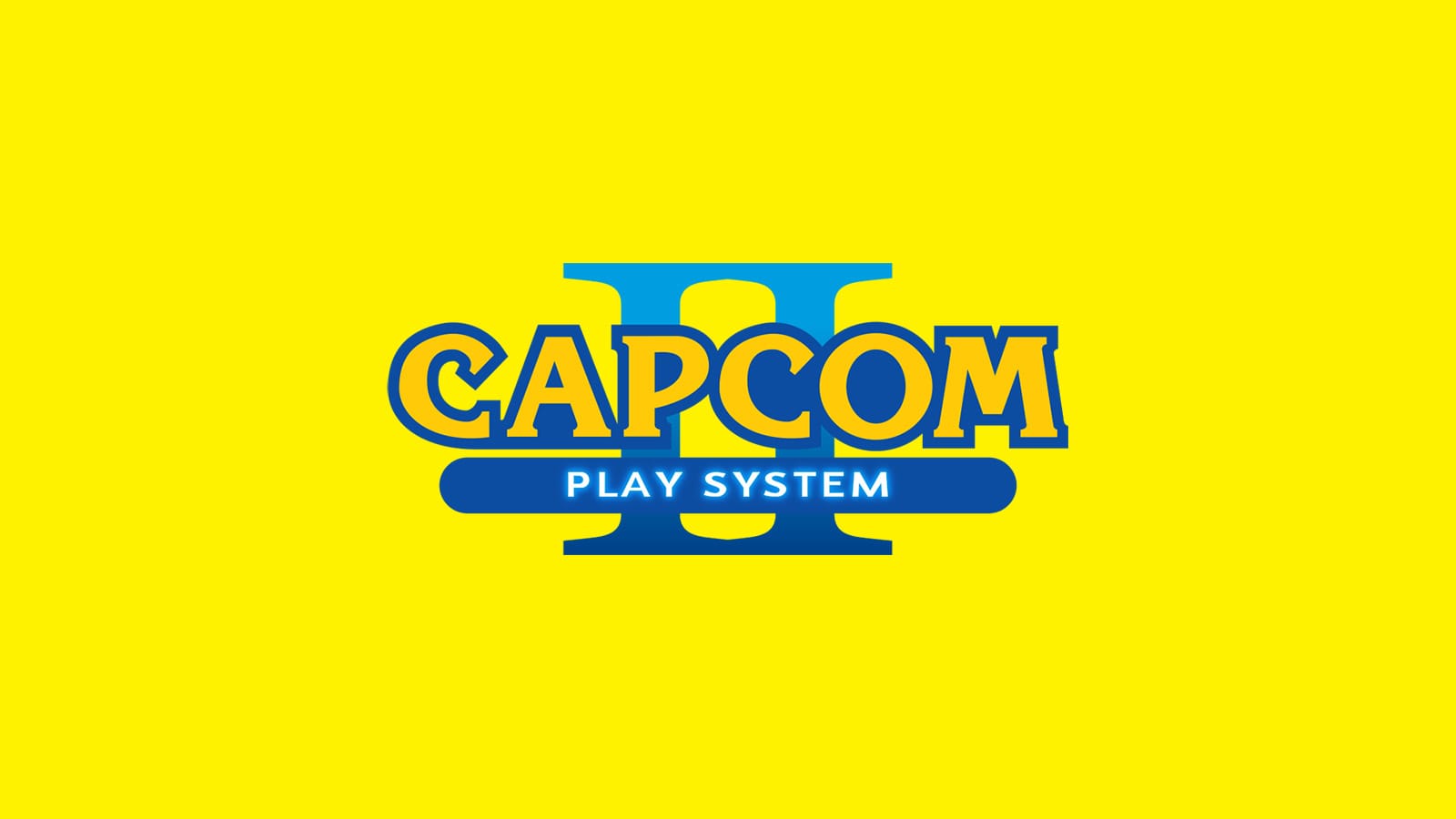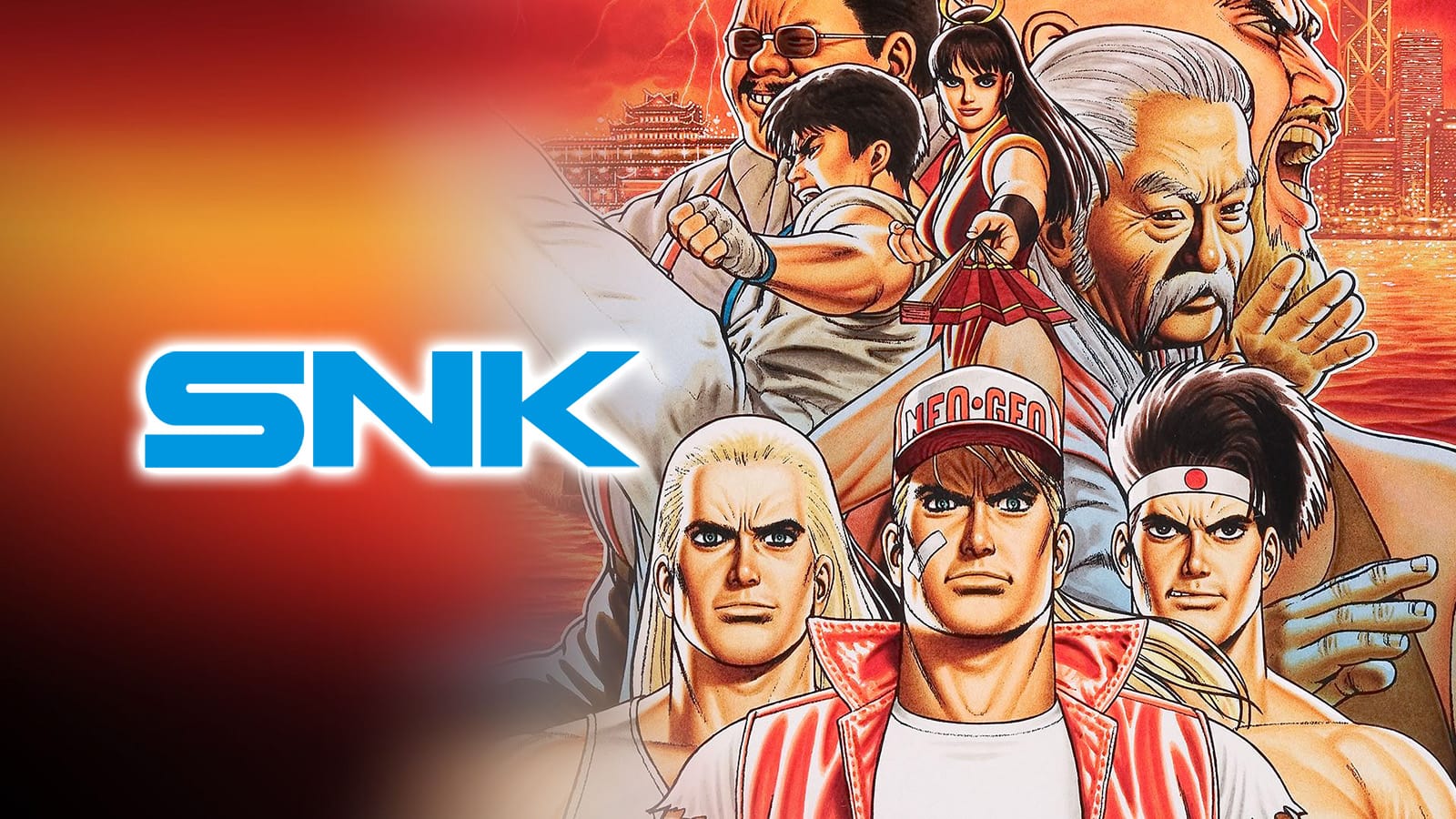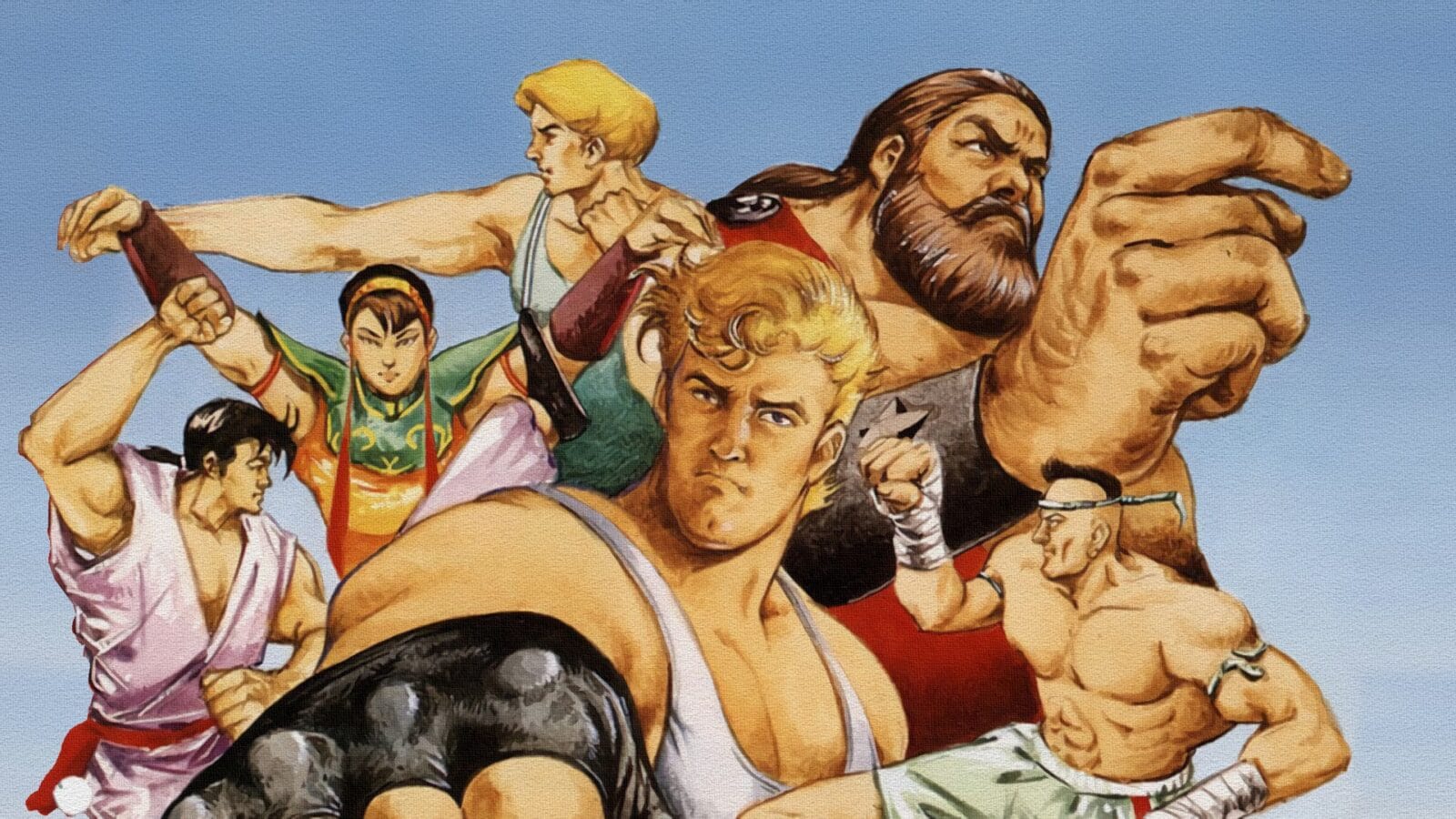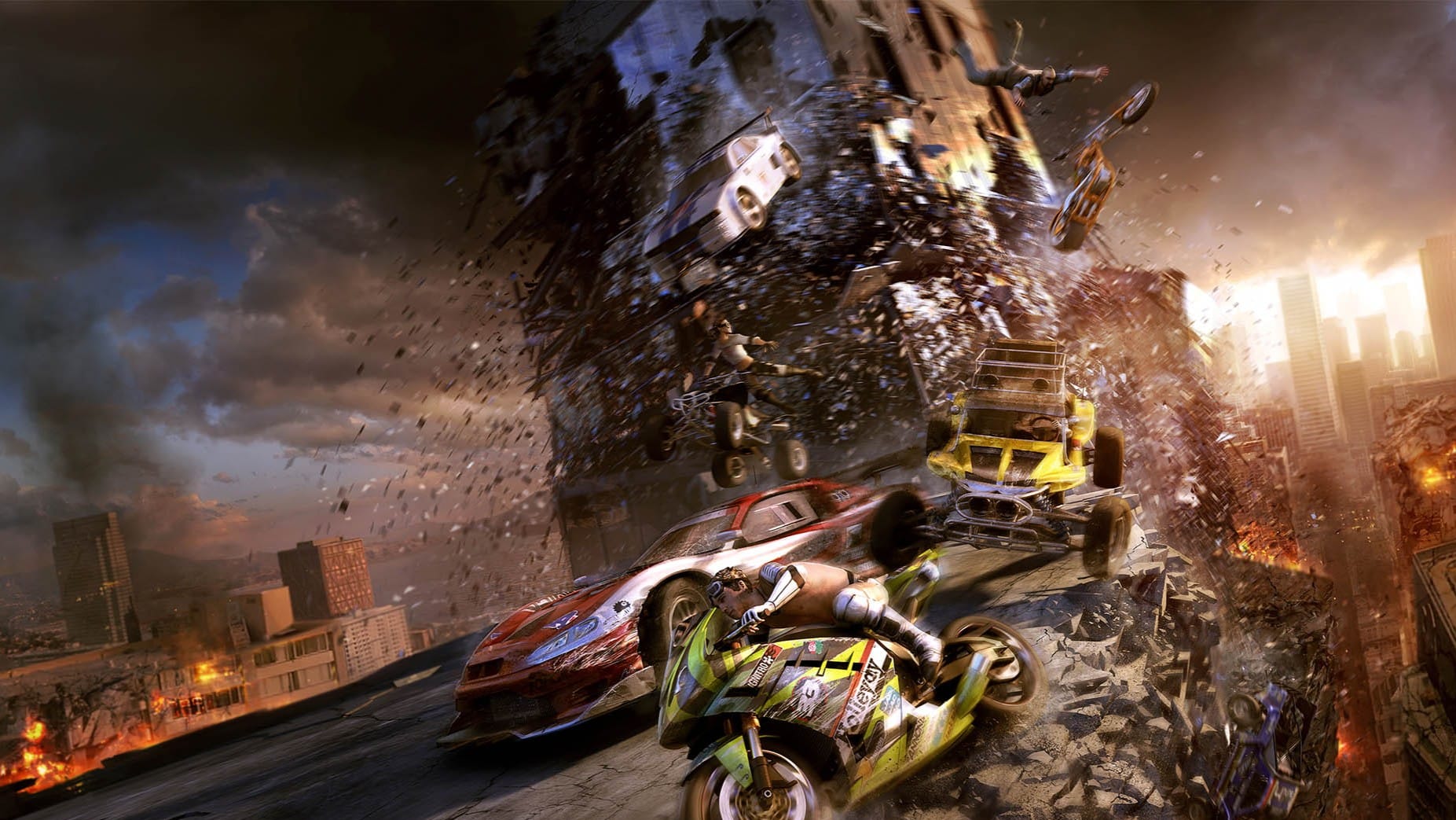On September 10, 1993, Capcom introduced the CP System II (CPS-2) with the launch of Super Street Fighter II, marking a major leap forward in arcade technology. As the successor to the wildly successful CPS-1, the new board brought sharper visuals, improved audio, and—for the first time—an anti-piracy encryption system that actually worked.
Capcom was doubling down on 2D sprite-based gaming at a time when others were turning to 3D, and the results were unforgettable. While its game count was smaller compared to SNK’s Neo Geo, the CPS-2 became synonymous with quality. Its fighting games helped define an entire genre, and its hardware innovations influenced how arcade systems were developed and protected.
More than three decades later, the CPS-2 remains a cult favorite—beloved for its fluid animation, iconic soundtracks, and some of the most legendary titles ever to grace an arcade cabinet. It was the perfect blend of style, substance, and security, and its legacy continues to shape the retro gaming conversation today.
Specs, Capabilities & Visual Leap
The original CPS-1 gave us genre-defining titles like Final Fight and Street Fighter II, but the CPS-2 took things to the next level. With a richer color palette, enhanced sprite layering, and better sound capabilities thanks to QSound integration, the CPS-2 wasn’t just an upgrade—it was a transformation. It allowed Capcom’s artists and designers to push the limits of what 2D could look and feel like in arcades, making every punch, explosion, and character design pop with new life.
At its core, the CPS-2 featured a Motorola 68000 CPU and Zilog Z80 for sound control, paired with a QSound DSP that delivered crisp stereo effects and rich music. Unlike other arcade boards of the era that delivered tinny, compressed music, QSound enabled spatial audio—letting sound effects and music sweep across stereo channels with surprising clarity and depth. This allowed CPS-2 games to sound crisp, layered, and way ahead of its time.
CPS-2 wasn’t just about sound quality—it was about unforgettable compositions. From Guile’s reworked theme to Setsuo Yamamoto’s adrenaline-pumping tracks in Marvel vs Capcom, CPS-2 gave us soundtracks that still get sampled, remixed, and blasted from fightsticks and YouTube playlists to this day. It wasn’t just background noise—it was part of the identity.
Graphically, it could display over 65,000 colors on screen with multiple scrolling background layers, which gave games a more dynamic and immersive presentation. Sprites could be larger, more detailed, and animate more fluidly—perfect for the fighting and shooter genres Capcom specialized in. Capcom’s dedication to fluidity was legendary during the CPS-2 era.
While other arcade titles might use a handful of frames per move, CPS-2 fighters often featured dozens—resulting in smooth, lifelike motion that felt responsive and exhilarating. Characters had distinct silhouettes and personalities, brought to life through detailed idle poses, taunts, and attacks. These weren’t just technically impressive; they were pieces of interactive art. In the era of early polygonal 3D, CPS-2’s vibrant 2D visuals aged far more gracefully, preserving a timeless look that’s still emulated and adored.
One of CPS-2’s most radical innovations wasn’t graphical or auditory—it was its security. Each game came with encrypted ROMs and a suicide battery system that prevented the games from booting if tampered with or if the battery died. This kept CPS-2 titles safe from piracy for years—an incredible feat in the bootleg-heavy arcade scene of the ’90s. In fact, it wasn’t until the mid-2000s that the community finally cracked the encryption, long after Capcom had moved on. For preservationists, it was both a blessing and a long-standing frustration.
Capcom’s dedication to fluidity was legendary during the CPS-2 era. While other arcade titles might use a handful of frames per move, CPS-2 fighters often featured dozens—resulting in smooth, lifelike motion that felt responsive and exhilarating. Characters had distinct silhouettes and personalities, brought to life through detailed idle poses, taunts, and attacks.
Every jump, block, and fireball was choreographed with the precision of an animator’s reel. The result? A level of expressiveness that set the gold standard for sprite-based animation. Games like Street Fighter Alpha 3 and Alien vs Predator weren’t just fun to play—they were mesmerizing to watch.
Arcade Games Reimagined
With the CPS-2, Capcom wasn’t just making games—they were changing the arcade identity of the ’90s. Their commitment to high production values, balanced gameplay, and striking visual design elevated them above nearly every competitor.
Super Street Fighter II Turbo (1994)
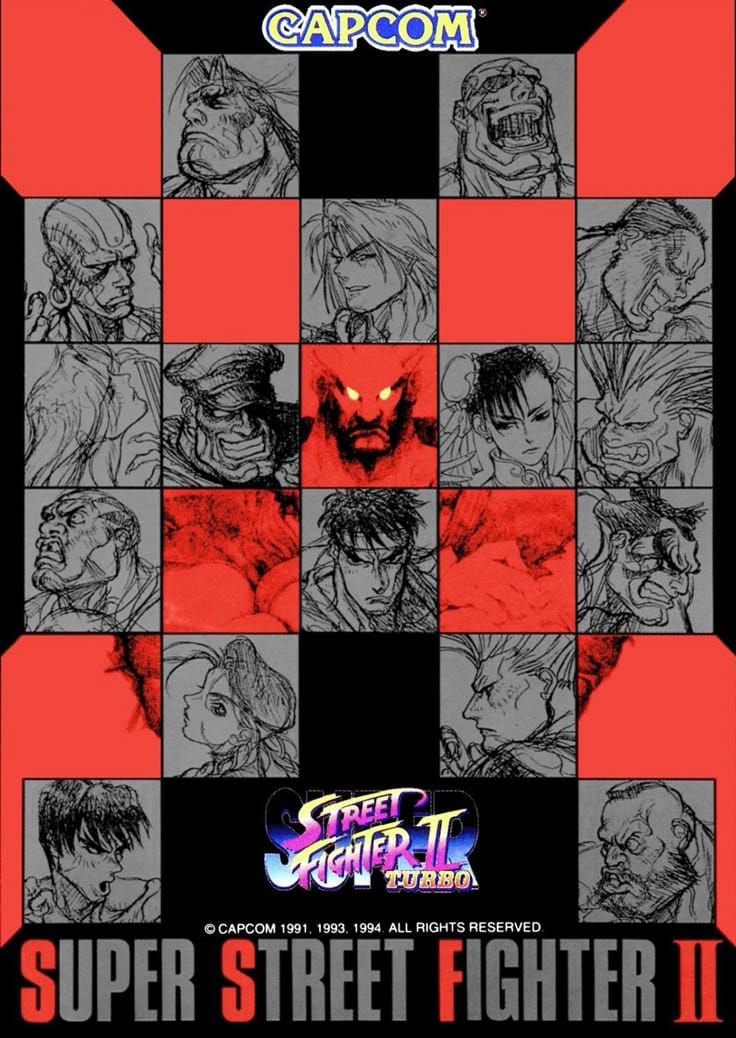
Capcom didn’t just iterate with Super Street Fighter II Turbo—they fundamentally altered the DNA of competitive fighting games. Building on the core mechanics of the Street Fighter II lineage, this installment introduced the revolutionary Super Combo system, allowing players to unleash powerful, cinematic finishers once their meter was full. This mechanic added a thrilling layer of strategy and spectacle, rewarding precision and timing in high-stakes moments. It also marked the dramatic debut of Akuma (Gouki in Japan), a hidden boss who symbolized a darker, more intense direction for the series.
The Birth of Super Combos: With a lightning-fast pace, slick rebalancing, and finely tuned input responsiveness, Super Turbo set the gold standard for tournament play—and it’s still widely played on the competitive circuit to this day.
X-Men: Children of the Atom (1994)

This was where the seeds of Capcom’s Versus series were first planted. Children of the Atom brought the X-Men universe to life with bold, arcade-perfect sprite art, screen-shaking special moves, and voice clips straight from the animated series. But more than just a stylish crossover, it introduced advanced mechanics that would become genre staples: air blocking, super jumps, and chain combos. These additions gave battles a verticality and momentum never before seen in 2D fighters.
Marvel Joins the Fight: Characters like Wolverine, Storm, and Magneto felt as agile and powerful as their comic counterparts, making the game a must-play for Marvel fans and arcade diehards alike. It was flashy, fast, and absolutely foundational for what came next.
Alien vs Predator (1994)
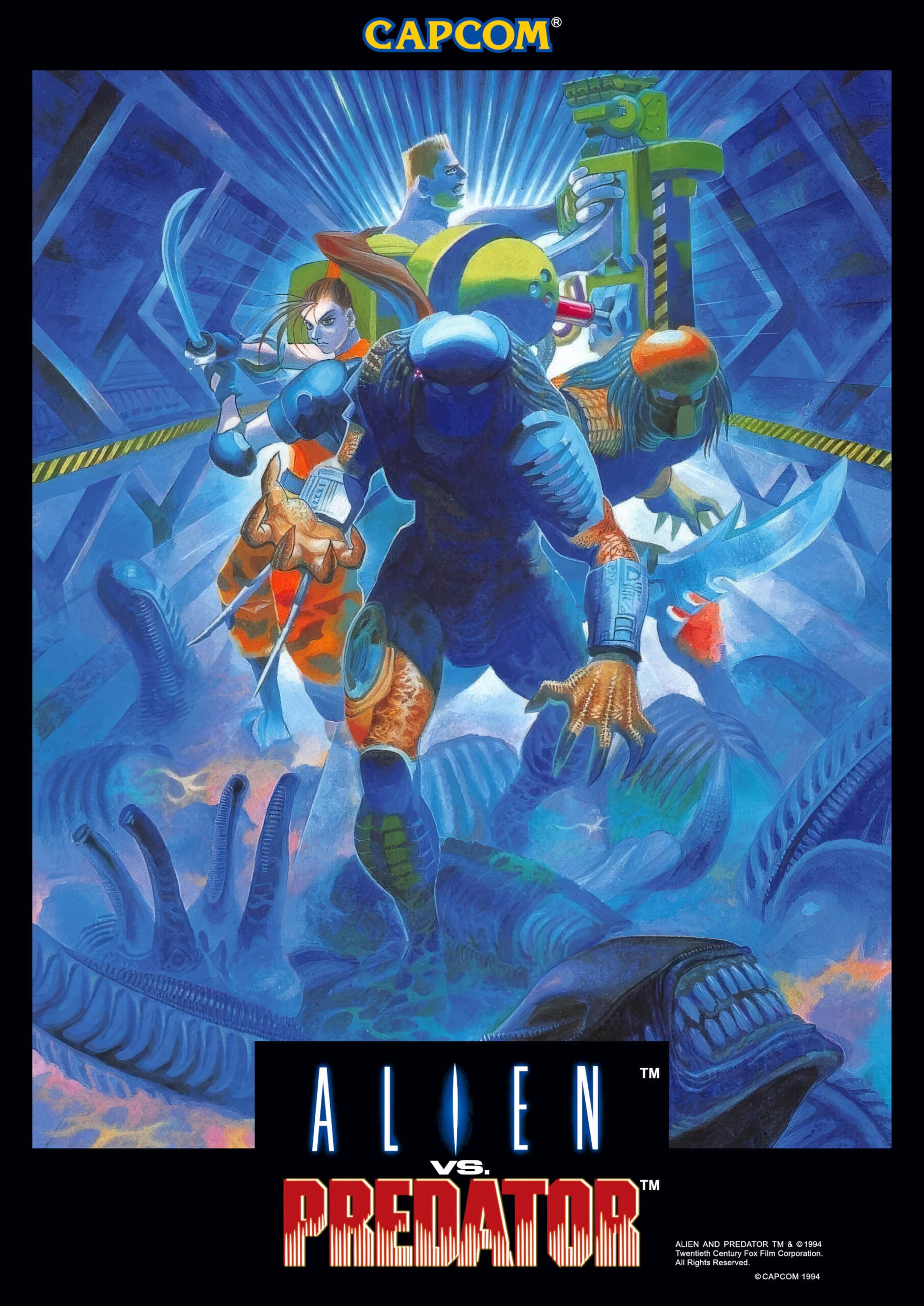
Alien vs Predator wasn’t just another arcade brawler—it was Capcom operating at full cinematic throttle. Featuring screen-filling explosions, fluid character animation, and a gritty sci-fi aesthetic, the game let players team up as human commandos or iconic Predators against relentless Xenomorph hordes. It was fast, brutal, and gorgeous.
Beat-'Em-Up Brilliance with Cinematic Flair: With deep combat mechanics, weapon pickups, and satisfying co-op action, it stood out as one of the most polished beat-’em-ups of the '90s—and it’s still shocking that it never saw a home console port.
Mega Man 2 – The Power Fighters (1995)

Taking the core action of the Mega Man series and streamlining it into an arcade-friendly format, The Power Fighters let up to two players tackle iconic Robot Masters in rapid-fire boss battles. Rather than navigating full stages, players jumped straight into combat, collecting weapons and forming strategies on the fly.
A Boss Rush Tribute to the Blue Bomber: The vibrant CPS-2 visuals gave Mega Man and his allies a fresh coat of arcade polish, while the inclusion of co-op play made it one of the few true multiplayer Mega Man experiences. It was a clever remix of classic content, with just enough arcade edge.
Super Puzzle Fighter II Turbo (1996)
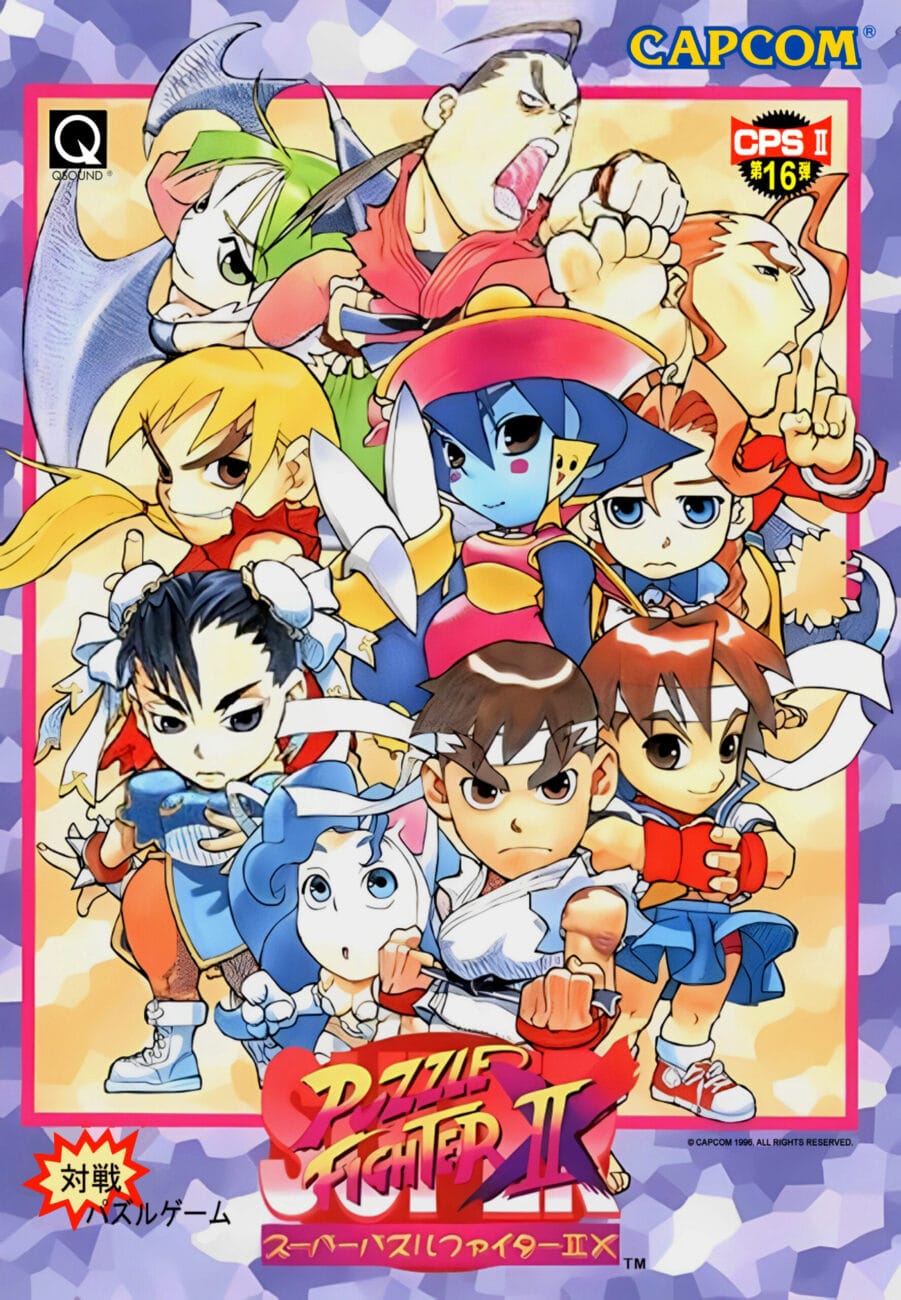
Capcom’s puzzle spinoff was more than a gag. Super Puzzle Fighter II Turbo paired lighthearted, chibi versions of Street Fighter and Darkstalkers characters with a brilliant color-matching puzzle system that rewarded chain reactions and tactical thinking. Trash-talking animations and custom voice quips gave the game personality to spare, while the puzzle gameplay was tight, addictive, and endlessly replayable.
Chibi Fighters and Competitive Puzzle Madness: It walked a brilliant line between parody and genuine innovation, which made it become a staple in both arcade puzzle cabinets and late-night dorm competitions.
Marvel vs Capcom: Clash of Super Heroes (1997)
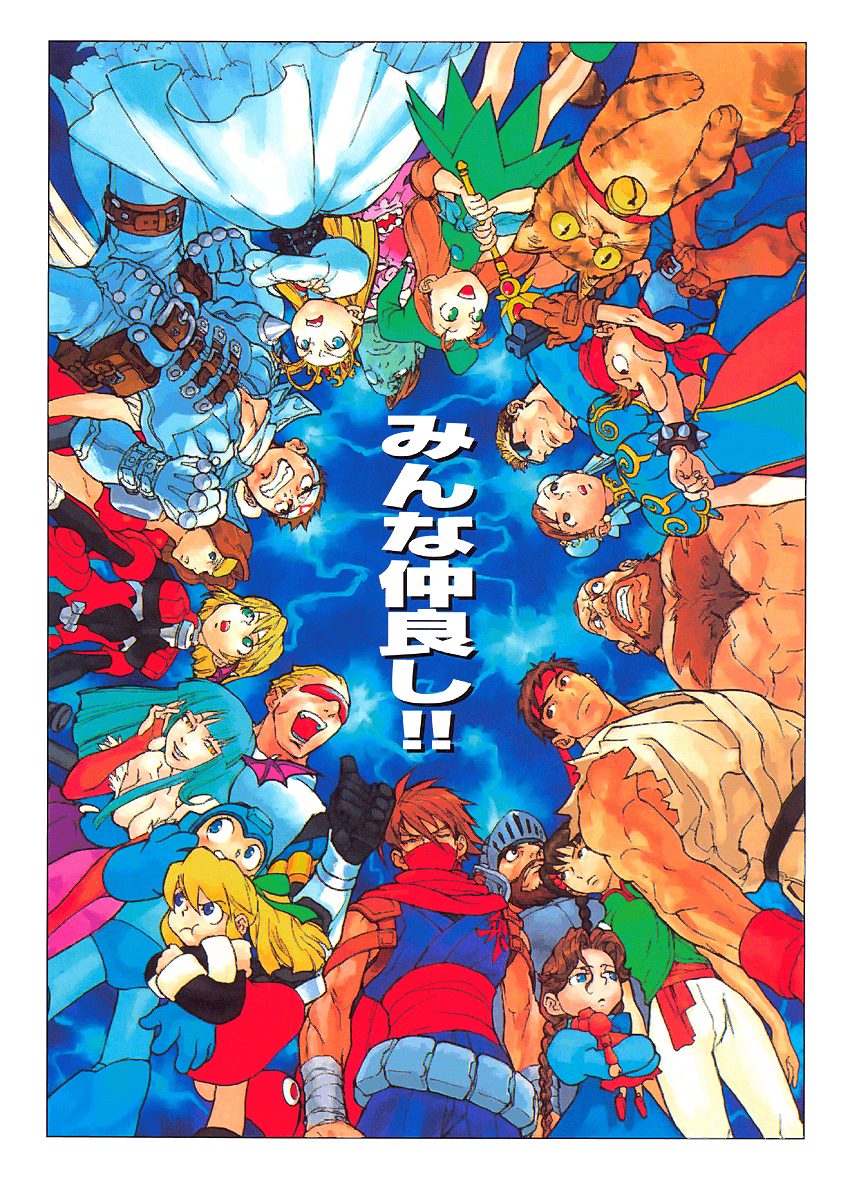
Capcom fully embraced chaos and fun with Clash of Super Heroes, the third entry in their Marvel crossover lineage. This is where the signature Versus gameplay hit its stride—dynamic tag-team battles, over-the-top assist moves, and colossal supers filled the screen with a level of energy that few other arcade titles could match. The roster was packed with crowd-pleasers from both universes: Captain America, Mega Man, Chun-Li, and Venom all shared the stage in what felt like the ultimate fan-fiction come to life.
Cross-Over Chaos Begins: The game’s visual polish, expressive character animations, and intense speed made it an instant arcade classic and a defining title for the CPS-2 era.
Street Fighter Alpha 3 (1998)
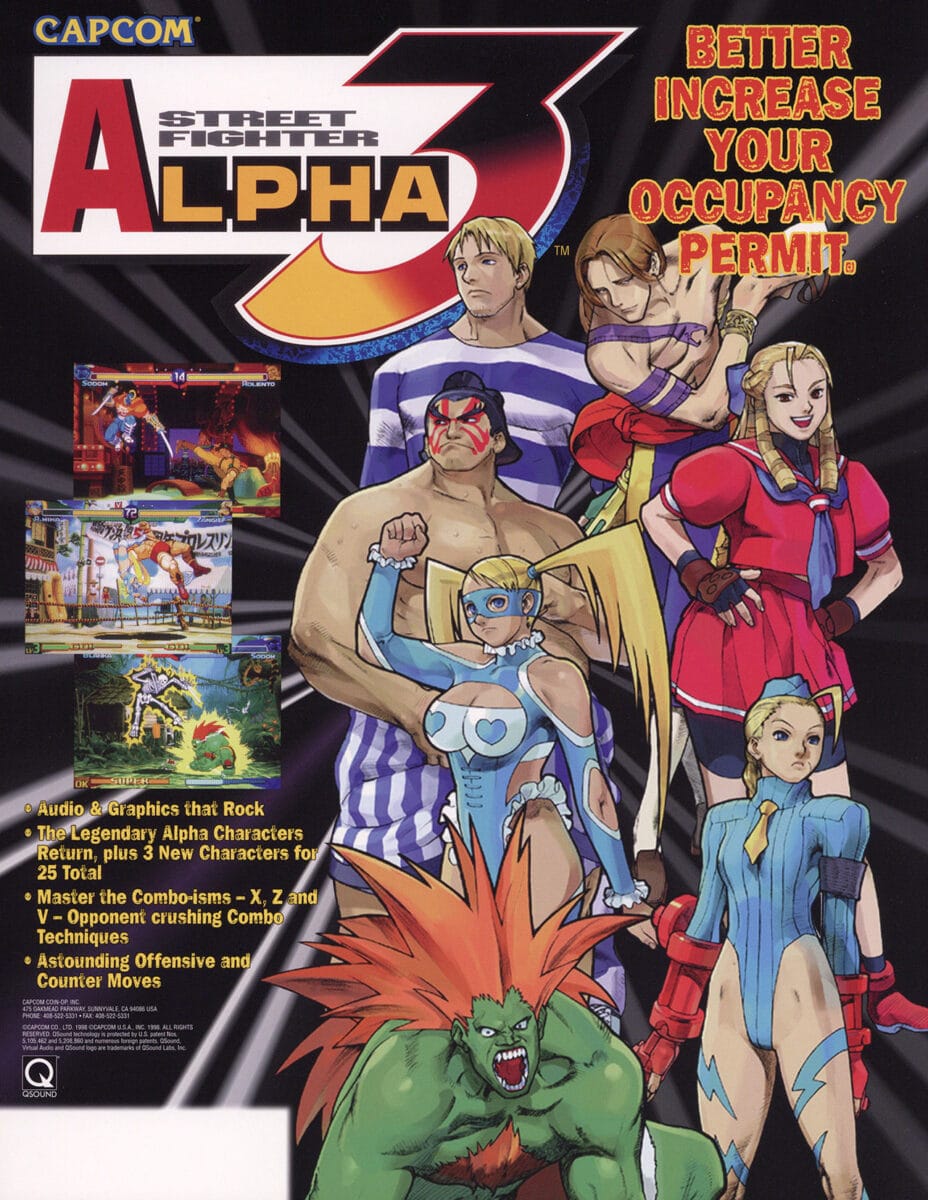
By the time Street Fighter Alpha 3 hit arcades, Capcom had perfected its 2D fighting formula. The game was a visual and mechanical triumph—offering a sprawling roster of over 30 fighters, each more detailed and expressive than ever before. Its defining feature was the “ISM” system, which let players choose between three distinct fighting styles that dramatically altered how each character played. This created layers of depth and replayability unheard of at the time.
The Peak of 2D Street Fighting: The smooth animation, responsive controls, and beautifully drawn backgrounds pushed the CPS-2 hardware to its limits. Alpha 3 wasn’t just a sequel—it was a culmination, a love letter to fans, and a true masterclass in design.
Giga Wing (1999)
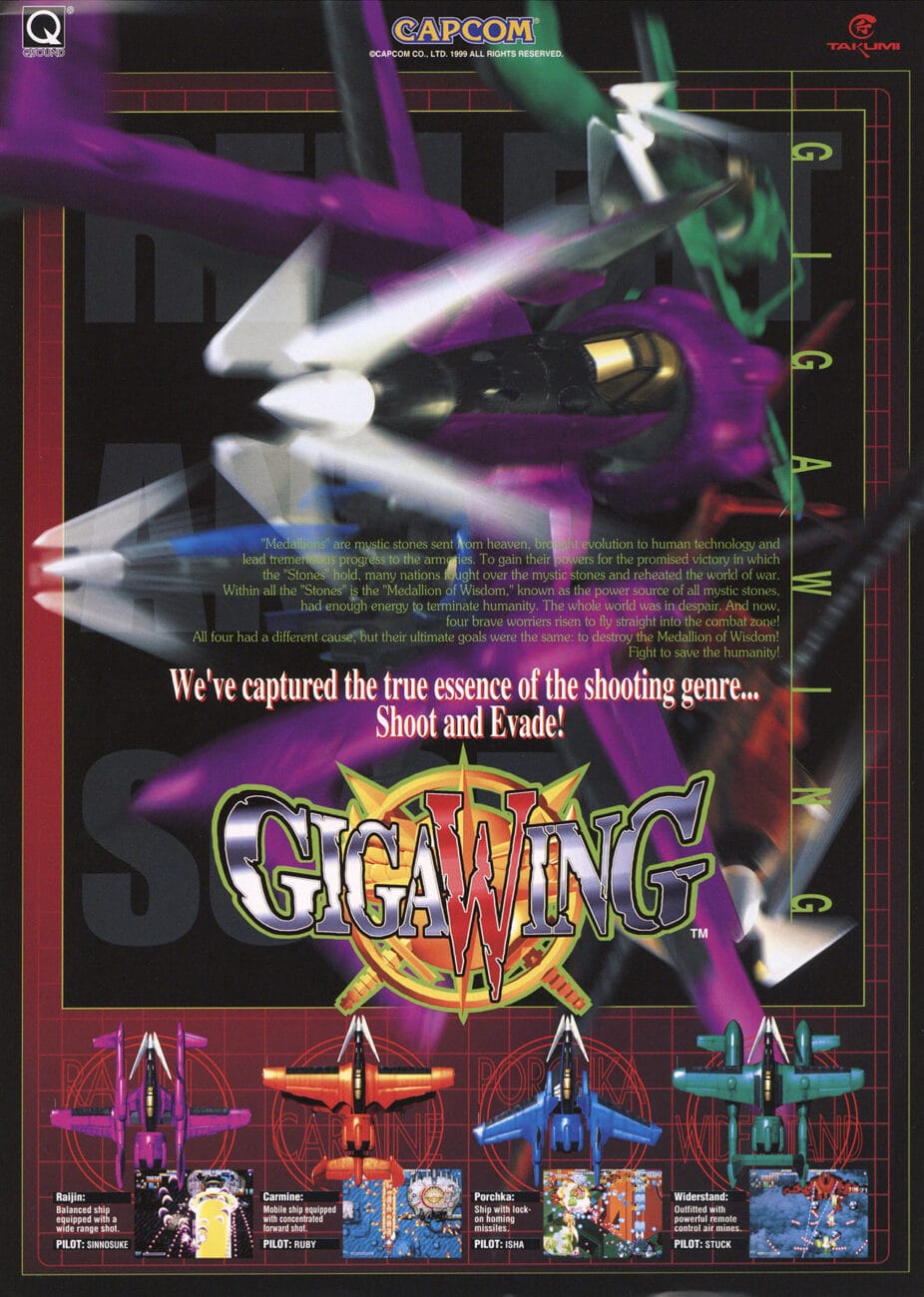
Giga Wing delivered a dizzying mix of chaos and control. Developed by Takumi and published by Capcom, this vertically scrolling shooter introduced a unique reflect mechanic that lets players bounce back enemy bullets in massive waves. It turned defense into offense in the most spectacular way possible.
Bullet Hell, Reflect Mechanics & Screen-Filling Mayhem: CPS-2 hardware was pushed to its limits with dazzling explosions, bright particle effects, and jaw-dropping mid-bosses that filled the screen. It was tough, beautiful, and refreshingly different from traditional shmups.
Progear (2001)
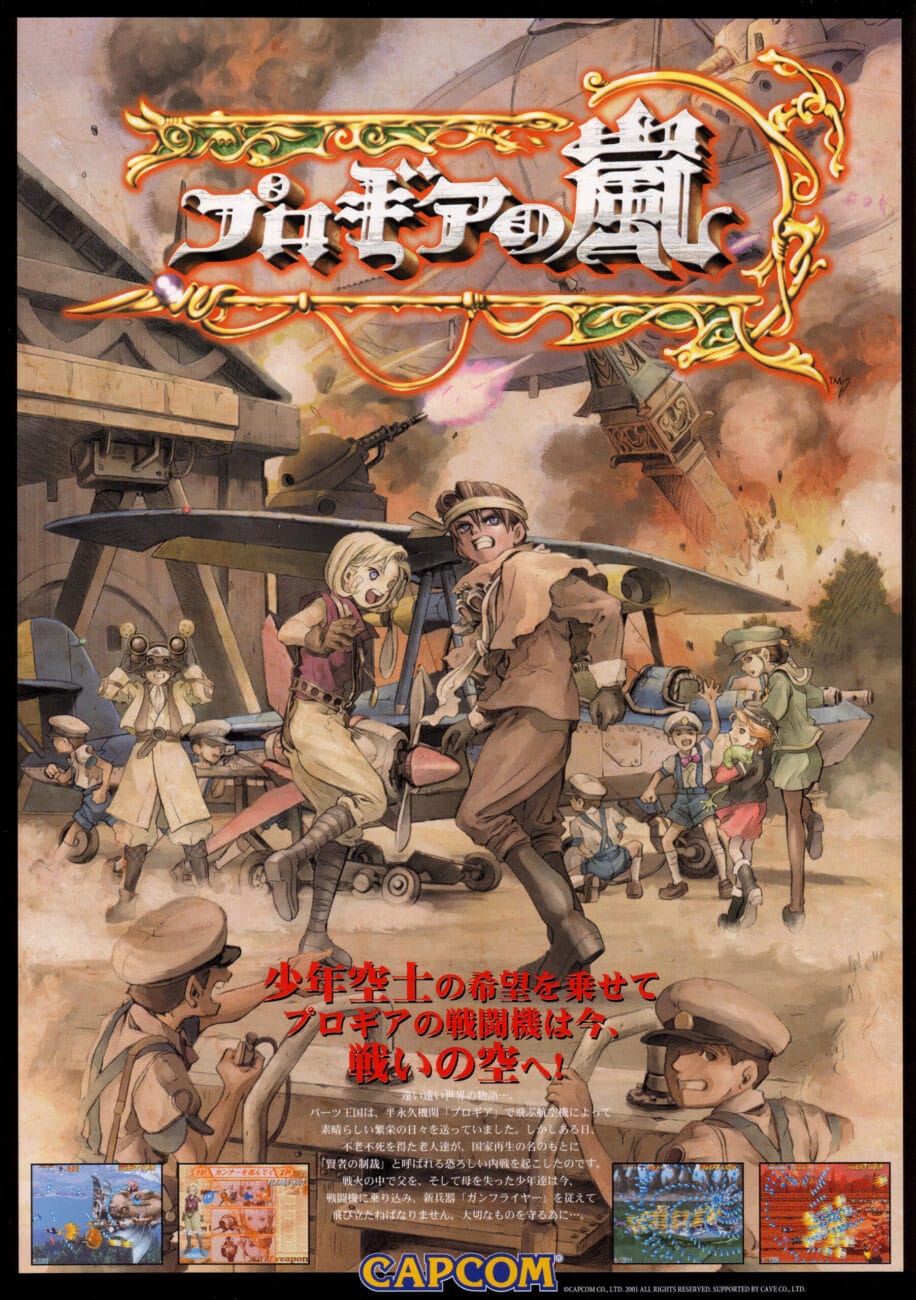
One of the final—and finest—titles released on the CPS-2, Progear was developed by the kings of bullet hell themselves: CAVE. It took the studio’s trademark intensity and translated it into a horizontal format, layering elegant steampunk visuals over tight gameplay and a brilliant dual-weapon system. Players could switch between Pilot and Gunner modes, altering their shot spread and movement speed on the fly.
A Horizontal Steampunk Masterpiece: The game’s intricate patterns and polished presentation made it an immediate standout in arcades and a cult classic among shooter fans. Progear was CPS-2’s parting gift: visually opulent, mechanically sharp, and utterly unforgettable.
Hyper Street Fighter II: The Anniversary Edition (2003)
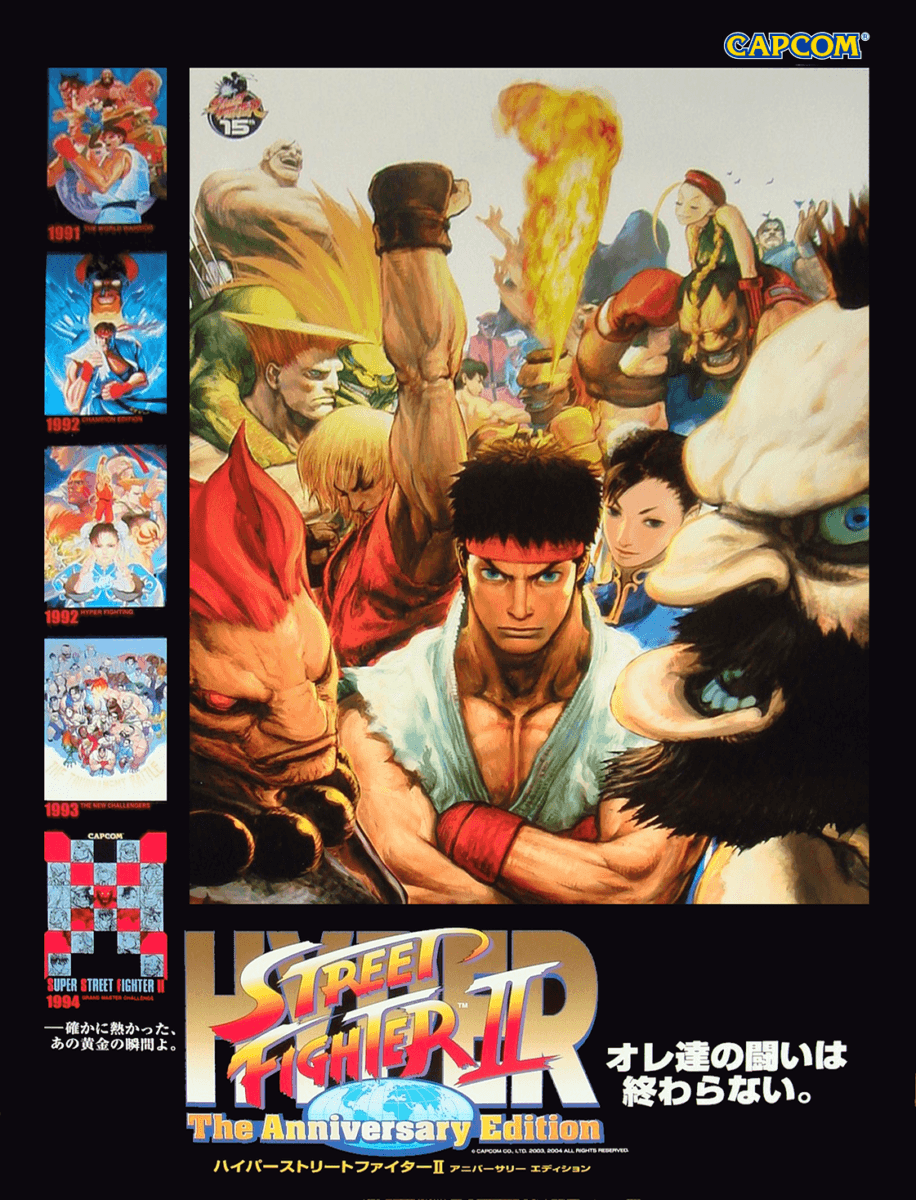
Though technically a swan song for the CPS-2, Hyper Street Fighter II was more than just nostalgia—it was an interactive museum of one of gaming’s most iconic franchises. Released to commemorate Street Fighter II’s 15th anniversary, the game allowed players to select any version of each character from across the series’ five main iterations, leading to dream matches that had never been possible before. World Warrior Ken vs. Super Turbo Sagat? Done. It was an intricate homage that catered to competitive players and longtime fans alike.
A Celebration of the Legacy: While newer hardware was already available, Capcom chose to return to the trusted CPS-2 platform one last time—an acknowledgment of the board’s lasting importance and its role in building the legend.
CPS-2 vs Neo-Geo: Quality Over Quantity?
While the Neo-Geo boasted a massive lineup with over 100 titles, the CPS-2 kept its catalog lean—just under 40 official releases. But what it lacked in quantity, it more than made up for in impact. Nearly every CPS-2 game felt like an event: polished, inventive, and visually spectacular. Titles like Street Fighter Alpha 3, Alien vs Predator, and Progear weren’t just good—they were system-defining. Capcom’s tighter curation and emphasis on pushing its hardware to the limit gave the CPS-2 a remarkably high hit rate, especially in the fighting genre, where it set the gold standard.
The Neo-Geo’s bold, arcade-first aesthetic had its charm, but CPS-2 games often came across as more refined and modern—especially in how they handled animation, color, and gameplay mechanics. Thanks to Capcom’s house style and the power of the CPS-2 board, sprite work was more nuanced, controls felt tighter, and audio was cleaner. Combine that with Capcom’s obsession with balance and innovation, and it’s no surprise that many CPS-2 titles are still competitive favorites and tournament staples. They didn’t just survive the jump to modern platforms—they thrived.
End of Life and The Emulation Struggle
CPS-2’s most innovative feature was also its Achilles’ heel. The system’s anti-piracy measures relied on encrypted program data and a suicide battery system—when the internal battery died, the encryption key was lost, rendering the board unplayable. Capcom’s goal was noble: protect against bootlegs and unauthorized copies. But this hardware-level DRM also meant that, over time, genuine arcade boards were bricking themselves, turning rare, beloved titles into digital paperweights. Collectors, operators, and fans were left scrambling to replace batteries or find workarounds to keep games alive.
For years, CPS-2 remained one of the final frontiers of arcade emulation. Despite MAME’s rapid progress elsewhere, the encrypted nature of CPS-2 games kept them out of reach. It wasn’t until 2001—thanks to a mix of reverse engineering, brute-force computing, and underground collaboration—that the encryption keys were finally dumped and shared.
This breakthrough allowed accurate emulation, ensuring the survival of classics like Progear and X-Men: Children of the Atom. Even today, CPS-2’s preservation story serves as both a warning and a triumph: a case study in how tightly controlled security can hinder legacy, but also how fan communities can rise to save gaming history when companies can’t—or won’t.
Owning original CPS-2 hardware is both a thrill and a headache. The infamous suicide battery system means many original boards have died—or are ticking time bombs, one voltage drop away from going dark. Restoring them involves complex procedures like “phoenixing” the board (reflashing it with decrypted code), battery replacement, or using custom ROMs. For collectors, it’s a high-stakes game of preservation and repair, and original working boards—especially for rare titles like Progear or Alien vs Predator—command high prices on the aftermarket.
Fortunately, there are options for modern enthusiasts. Playing on genuine CPS-2 boards offers the most authentic experience, especially with a CRT and arcade controls—but it’s costly and fragile. Darksoft Multi-Kits, however, have become a godsend: allowing users to flash and run the entire CPS-2 library on a single board with no risk of battery death.
For more casual fans, software emulation via MAME or Fightcade delivers easy access with online play and save states. Whether you’re a preservationist or a convenience-seeker, CPS-2’s legacy is more accessible than ever—just pick your poison.
Legacy and Influence
The CPS-2 era shaped the foundation of modern competitive fighting games. Mechanics like Super Combos, air blocking, custom combos, and selectable fighting styles—all refined on CPS-2 hardware—set the stage for decades of design innovation. Tournaments like EVO and regional arcade scenes in Japan, the U.S., and Latin America were built around CPS-2 titles like Street Fighter Alpha 3 and Super Street Fighter II Turbo.
These games weren’t just fun—they were deep, balanced, and endlessly replayable, laying the groundwork for the FGC’s rise as a global subculture. To this day, CPS-2 titles are mainstays at community tournaments, fan events, and in competitive netplay via Fightcade.
While SNK had quantity and flair, Capcom had polish and consistency. The CPS-2 era gave birth to crossover franchises, reinvigorated long-running IPs, and proved that 2D could thrive even in a 3D-obsessed market. It sealed Capcom’s reputation not just as a fighting game powerhouse, but as the premier arcade developer of the era—an influence that’s still felt in modern fighters and retro revivals today.
Final Thoughts
CPS-2 wasn’t just a platform—it was a moment in time when Capcom unleashed a relentless wave of creativity, polish, and innovation. It introduced players to Akuma, refined Ryu and Chun-Li to near-mythic status, and brought Marvel heroes into the fight before cinematic universes were a thing. These weren’t just games; they were cultural milestones that shaped genres, spawned sequels, and defined entire generations of arcade-goers. The characters, the music, the visuals—they’ve never really left us
Even decades later, CPS-2 games hold up visually in a way that few other 16-bit titles can claim. The board’s expanded color palette and memory allowed Capcom’s artists to go wild, resulting in high-resolution sprites with rich detail, bold outlines, and expressive animations. In an age of photorealistic graphics and sprawling open worlds, the crisp pixel art and tight gameplay of CPS-2 still feel alive—responsive, elegant, and infinitely replayable.
These games were crafted with an attention to detail that makes them timeless. Whether you’re landing a Super Combo in Alpha 3, dodging bullet curtains in Progear, or hearing the “Capcom… presents” stinger one more time, there’s a tactile joy that never fades. CPS-2 didn’t just rule arcades—it helped define what an arcade should be. And decades later, it still sets the bar.

